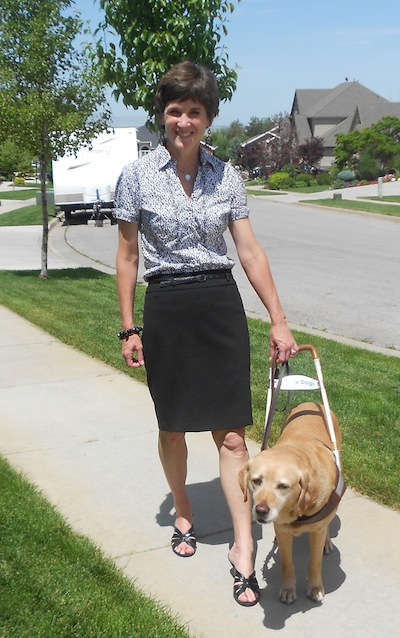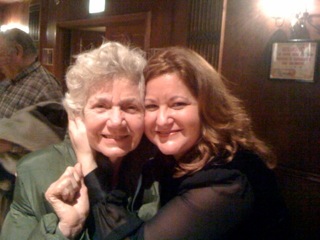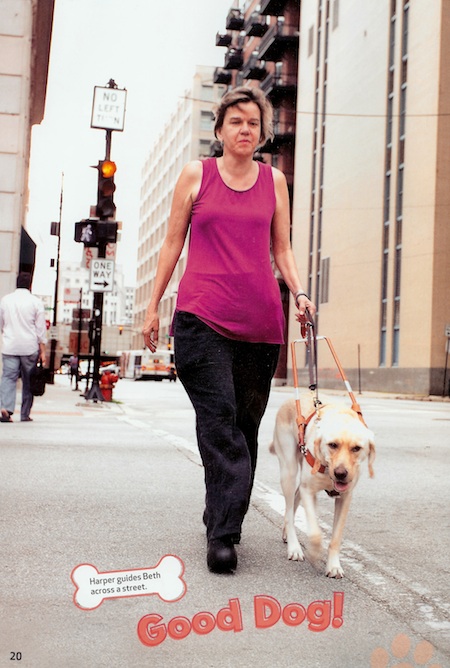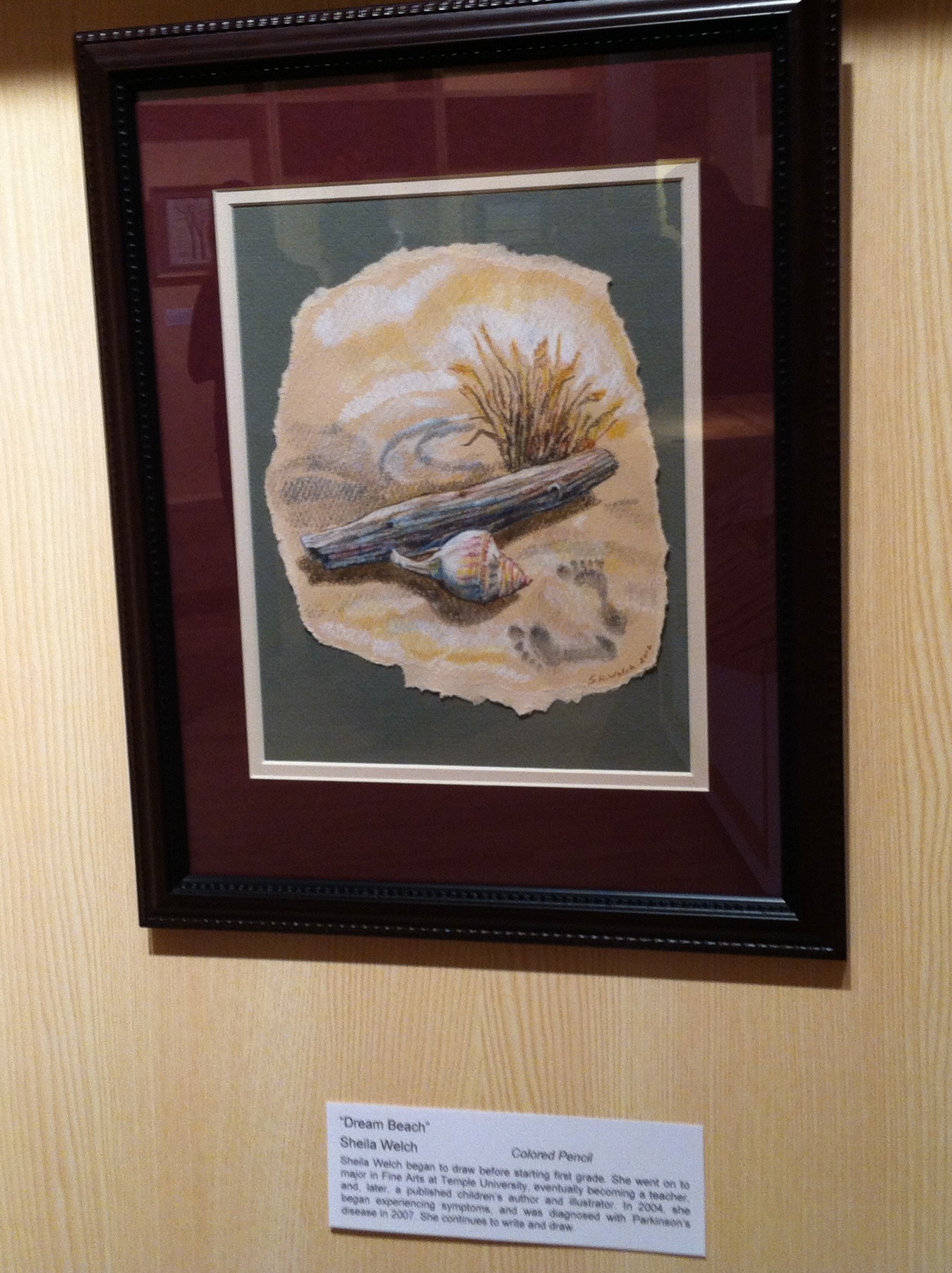It's all in the mind's eye
June 17, 2012 • 12 Comments • Posted in blindness, Blogroll, careers/jobs for people who are blind, guide dogs, UncategorizedI am not the only blind woman in America who keeps a blog – not by a long shot. Fellow blogger Becky Andrews is blind from Retinitis Pigmentosa, and her Cruisin’ with Cricket blogfollows
her life as a business owner, director, and licensed professional counselor at Resilient Solutions, an office of ten therapists in Utah. Here is an excerpt from a post she wrote about the questions she gets when people find out she’s a therapist who can’t see her clients.
Some answers from a blind therapist
by Becky Andrews, LPC, FT
- How does your blindness impact your work? Really very minimal – other than coordinating rides to the office and having print/detail read. There is an awareness in the office to keep things cleared. I walk out and greet my client and we go back to my office. We process their journey and Cricket is in the corner of the office. Yesterday after seeing a client for several months, I dropped a paperclip. She helped me find it and indicated – that is the first time that it has been evident to me that you can’t see.
- Office management – I really enjoy this aspect of my job. I have a colleague that is amazing with the details and paperwork and keeps us running smooth. I love planning office events that keep us connected and supporting one another.
- Are your clients blind? I spent several years working at the Moran Eye Center with patients who were blind or had a degenerative eye condition and were losing their eyesight. I enjoyed this position very much. For the past eight years I have worked in an agency and in my own private practice where on occasion I have had a client who was blind but 98% of my clients are not blind or visually impaired. However, I have enjoyed the clients that I get to see who might happen to be blind.
- Do you have a specialty? Grief/loss/trauma and I work with all ages that are experiencing losses in their life. I think my youngest client has been three and my oldest 89. I also enjoy working with people who are experiencing the effects of depression and anxiety. I love implementing the work of Mindfulness and Self-Compassion and Positive Psychology.
- How did you go to school? Like anyone who completes an advanced degree … lots of hard work. There were times of being creative with transportation, getting textbooks on tape (okay, I’m dating myself, I know :), readers for the tests, and simply being innovative in getting the job done. Determination and persistence are important attributes, whether blind or not, in grad school. I enjoy having interns at our office to help them have experience and also encourage them that they can do it!
- How did you believe you could start your own business? I am grateful to have a super supportive husband that believed in me and helped me navigate some of the business aspects of the whole process. I had a therapist call me today asking for some business input … I laughed and said, build it and they will come. I said its hard to put into words but if you have a passion and work hard, I believe it can happen.
I had the chance to speak yesterday to two of my mentors, who are blind and to thank them for some of their past wisdom which has helped me immensely. I recognize one of the tools they gave me that has helped the most was to help me to see that blindness does not define me — it is one of many characteristics of mine.
Back to me: when I talked to Becky about using this as a guest post, she said my timing was perfect. “I’m doing more phone consults and sessions now, and loving this experience, too.” Link here to follow Becky’s Cruisin’ with Cricket blog and learn more about her life as a business owner, marriage and family therapist, wife, mom, daughter, friend and fashion-plate. For information on over-the phone consults with Becky, link to Resilient Solutions or phone them at 801.259.3883.




